Micronations and Model Countries: A Study of Self-Proclaimed Sovereign States!
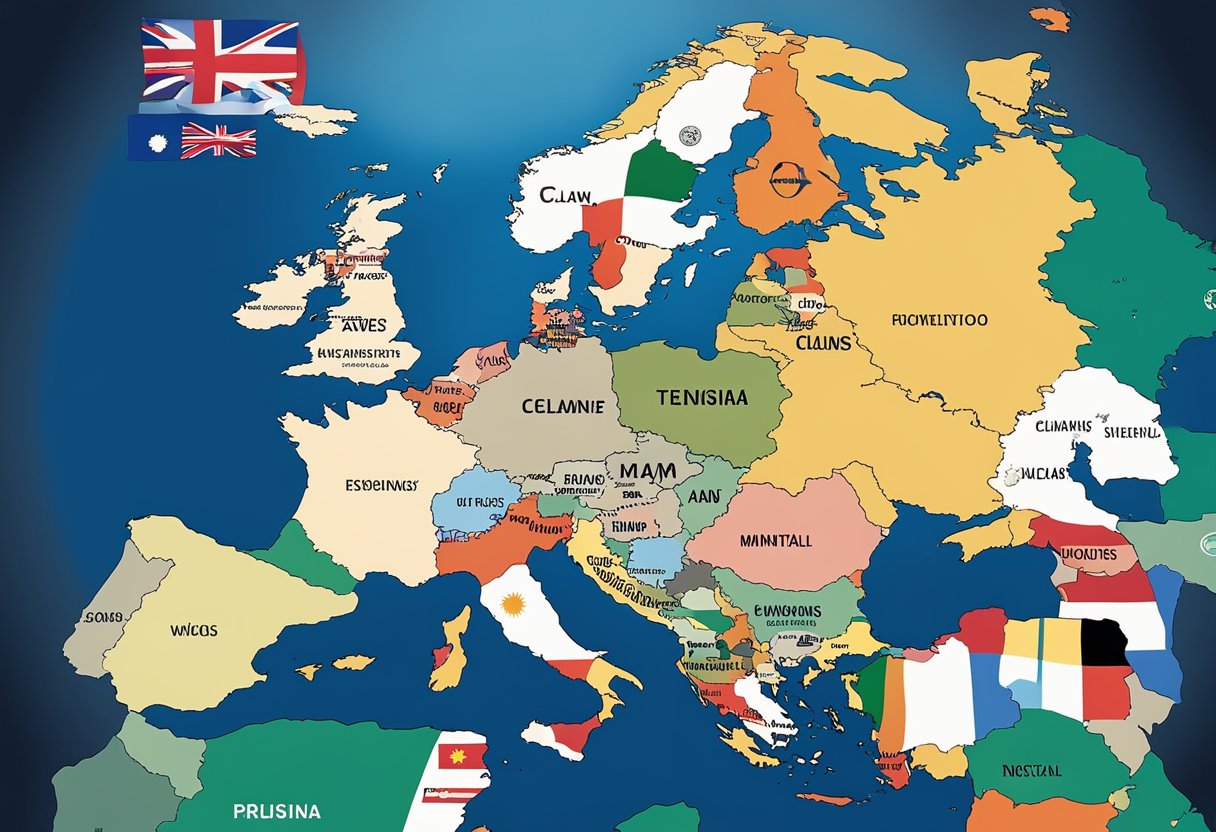
Updated On: March 21, 2024 by Esraa Mahmoud
Across the globe, a unique phenomenon of self-proclaimed sovereign states is known as micronations. These are small, often whimsical territories that claim independence but are not recognised as official states by world governments or international organisations. Their emergence can blend personal ambition, social protest, and creative expression.
Driven by a mix of motives ranging from political dissent to artistic projects or even pure entertainment, founders of micronations draft their constitutions, design flags, and may even create currencies. The historical background and origins of micronations are as diverse as the entities themselves, originating from disputes on land ownership, imaginative endeavours, or deliberate political statements. This complexity is reflected in their governmental systems, which can mirror traditional models or wholly originate from the ethos of their inhabitants.
Historical Background and Origins of Micronations!
Micronations stem from a captivating history encompassing a variety of intentions and entities, such as the Principality of Hutt River and the Republic of Minerva. Our focus is to delineate the early occurrences that led to the establishment of these unique self-declared sovereign entities.
Early Instances and Motivations for Creating Micronations
The Principality of Hutt River serves as an illustrative exemplar of early micronations. Established in 1970 by Leonard Casley, it was an agrestic response to a clash with the government of Australia over wheat production quotas. Declaring independence, this principality exemplified a personal and economic motive behind such a creation, challenging perceived governmental overreach.
In contrast, the Republic of Minerva, envisaged in the 1970s by real estate millionaire Michael Oliver, was founded on libertarian principles. Seasteading on a reclaimed reef in the Pacific, Minerva aimed to establish a new country free from traditional governance, highlighting the ideological incentives driving the inception of micronations.
Micronations at large frequently emerge from intricate mixes of inspirations, ranging from political statements and social experiments to outright whimsy. Creators often utilise these self-styled nations to either impart serious commentary on the state of international diplomacy or simply indulge in elaborate political satire.
Each micronation, with its distinct foundation narrative, contributes to the broader tableau of humanity’s quest for autonomy and sovereign expression, charting their territory in both the literal and conceptual landscapes of authority.
Legal Status and International Recognition
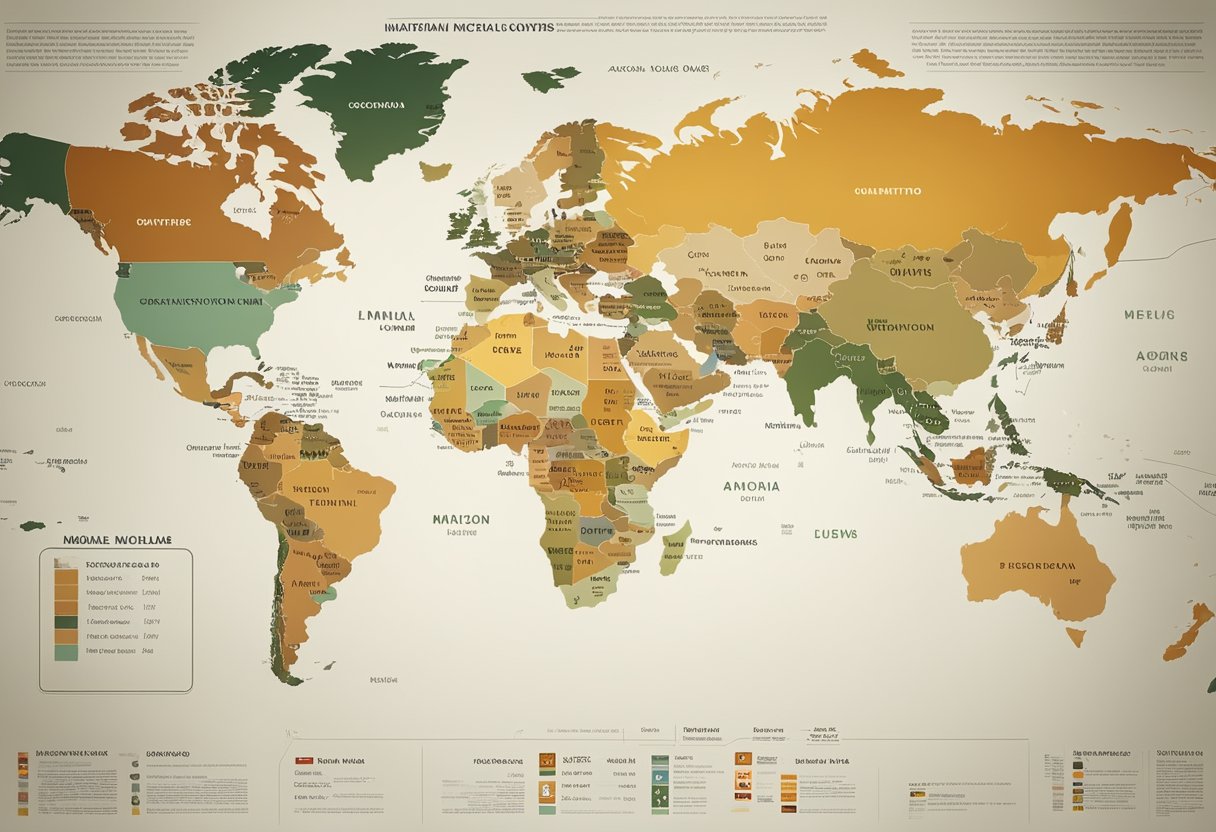
In international relations, recognition of sovereignty and adherence to conventions play pivotal roles in defining the legal character of entities asserting their status as independent nations.
Sovereignty and Statehood Claims
Micro-nations often declare themselves sovereign entities, but without legal recognition by established states or the United Nations, their claims remain de facto expressions of self-determination. The sovereign claims of micro-nations typically lack the four pillars deemed essential for statehood under international law: a permanent population, a defined territory, government, and the capacity to enter into relations with other states.
Montevideo Convention and International Law
According to the Montevideo Convention, the aforementioned criteria are foundational for a state’s legitimacy. However, international law does not automatically guarantee a micro-nation’s claim to statehood, as it also requires external recognition. This complex intersection of treaty law, sovereign aspirations, and international norms creates an intricate web where entities like micro-nations must navigate for legal standing and international recognition.
Prominent Micronations Around the World
Micronations represent some of the most intriguing and unique expressions of self-declared sovereignty worldwide. Each has cultural and historical significance, often created with a blend of satire, political commentary, or personal ideals. Here, we explore a few notable micronations that have captured global interest.
Principality of Sealand
Located off the coast of Suffolk, England, the Principality of Sealand is perhaps one of the most famed micronations, established in 1967. Occupying a former World War II defence platform in international waters, this micronation even has its currency, stamps, and national football team.
Empire of Atlantium
We find the Empire of Atlantium in New South Wales, Australia, known for its liberal social policies. Founded in 1981, Atlantium’s founder, George Cruickshank, aimed to create a no-land micronation, which now claims a global citizenry of over 3,000.
Other Notable Micronations
- Principality of Hutt River: This micronation in Western Australia was established in 1970 by Leonard Casley after a dispute over wheat production quotas. It’s currently known as the Hutt River Province and is a popular tourist destination.
- The Grand Duchy of Westarctica, with its claim in Antarctica, was founded in 2001 due to a perceived loophole in the Antarctic Treaty, declaring a part of Marie Byrd Land its territory.
- Italy’s Principality of Seborga dates back to a claim of independence in the 1960s based on historical documents suggesting it never properly became a part of Italy.
- For those interested in historical endeavours, the Kingdom of Elleore was founded in 1944 on an island in Denmark, with a tongue-in-cheek history stating it was founded by Irish monks in the 11th century.
- The Republic of Rose Island, an artificial platform in the Adriatic Sea, had a short-lived existence in 1968 before Italian authorities took control.
Our exploration covers entities that have intrigued and amused the international community while not officially recognised, each adding a colourful page to the story of human creativity and aspiration in establishing self-proclaimed sovereign entities.
Governmental Systems and Constitutions
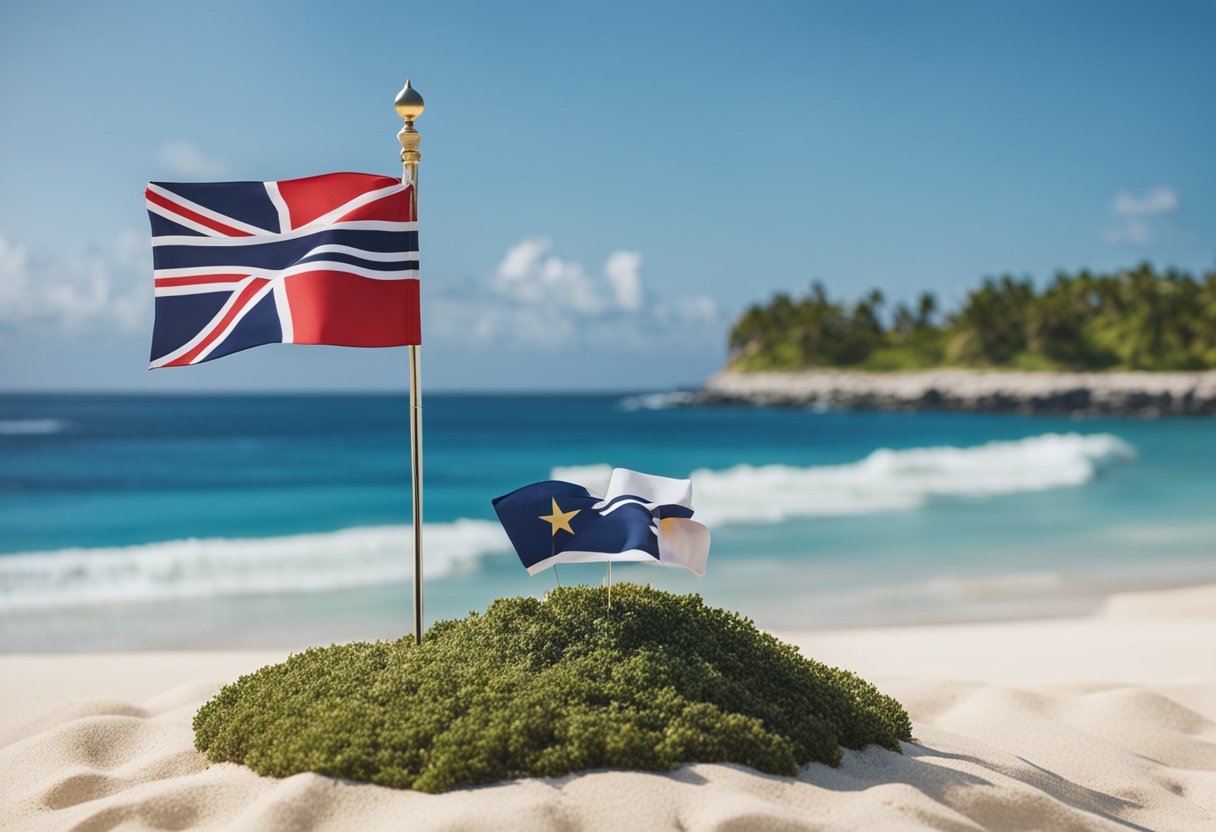
In exploring self-declared sovereign entities, we find many governmental systems and constitutions, each with unique principles and ideological underpinnings. It’s fascinating to observe how these micro-nations adopt different forms of governance, from monarchies to democracies, reflecting their varied influences and aspirations.
Monarchical Structures and Monarchist Movements
Led by individuals or families, several micro-nations have established themselves with monarchical structures, often invoking historical or cultural ties to justify their claims to sovereignty. These entities typically frame their legitimacy around traditional monarchist movements, and they might draft elaborate constitutions that delineate the powers and succession of the throne. For example, the self-proclaimed Principality of Sealand asserts a form of constitutional monarchy with a reigning prince or princess at its helm.
Democratic and Libertarian Ideologies
Conversely, there are micro-nations founded on democratic and libertarian ideologies, advocating for a government that upholds individual freedoms and collective decision-making. Constitutions within such entities are often tailored to embrace democratic principles, ensuring that every citizen has a voice in the workings of their government. A notable example is the Republic of Molossia, which, despite its monarchical title, operates with a democratic government, allowing for the participation of its citizens in the nation’s decisions.
Economic Aspects and Self-Funding

In self-declared sovereign entities, commonly known as micronations, the creation and management of an economy is fundamental. This includes the establishment of a local currency, the implementation of taxes, and the establishment of trade relationships.
Currency, Taxes, and Trade
Currency: Micronations often create their currency to symbolise their sovereignty. This currency, which can be coins, paper money, or digital equivalents, typically serves as a medium of exchange within the micronation. For example, the Principality of Sealand has issued its coins as collectables and means of raising funds.
Taxes: Unlike traditional nations, micronations may implement tax systems that are not as complex due to their small scale. Taxes might be levied on local transactions or as part of citizenship fees to finance community projects or maintain operations.
Trade: Trade in micronations is often symbolic but can be leveraged to create real economic value—some trade unique goods, such as stamps and souvenirs, or even services like nobility titles.
In terms of specific economic entities relevant to micronations:
- Tax: Micronations can utilise tax as a source of revenue, but these taxes are often nominal or serve as voluntary contributions to sustain their operations.
- Micronation: By its nature, a micronation’s economy is closely tied to its self-declared sovereignty and the engagement of its citizens and supporters.
- Currency: Creating a bespoke currency can be a form of funding through sales to collectors and a tool for promoting identity.
- Coins: Coins are a popular choice for micronational currencies, with their production often limited to creating collector’s items.
- Taxes: Often symbolic, taxes can range from nominal fees for services or citizenship to funding for internal development.
- Wheat Production Quotas: While not applicable to all, some agrarian micronations might use production quotas to manage resources and fund their entities.
Cultural and National Symbols

In the fascinating realm of micronations, cultural and national symbols such as flags, stamps, and passports play a crucial role in building identity and expressing sovereignty, even if not officially recognised globally. These symbols are often steeped in the artistic expressions of their creators and serve to solidify the community and governance these small entities claim.
Flags
Flags are a powerful emblem for micronations, encapsulating their essence and ideology in a visual display. For instance, the Republic of Kugelmugel has a flag representing its unique cultural identity, born from a conflict over a spherical house. In the same spirit, other micronations design their flags with symbols that signify their distinct heritage or political stance.
Stamps
Though not valid for international posts, micronational stamps are a collector’s delight and symbolise independence and contact with the broader world. They often feature local landmarks, leaders, or national motifs, capturing the micronation’s cultural narrative. This form of artistry provides a tactile means for micronations to project their culture and identity beyond their borders.
Passports
Micronational passports are rich in symbolism, although they lack the legal recognition afforded to those of established nations. The passports of these novel countries are often filled with inventive designs and serve as a unique form of identification for its citizens. They reflect the creativity and the seriousness with which these self-declared nations approach their claim to sovereignty.
Citizenship and Population
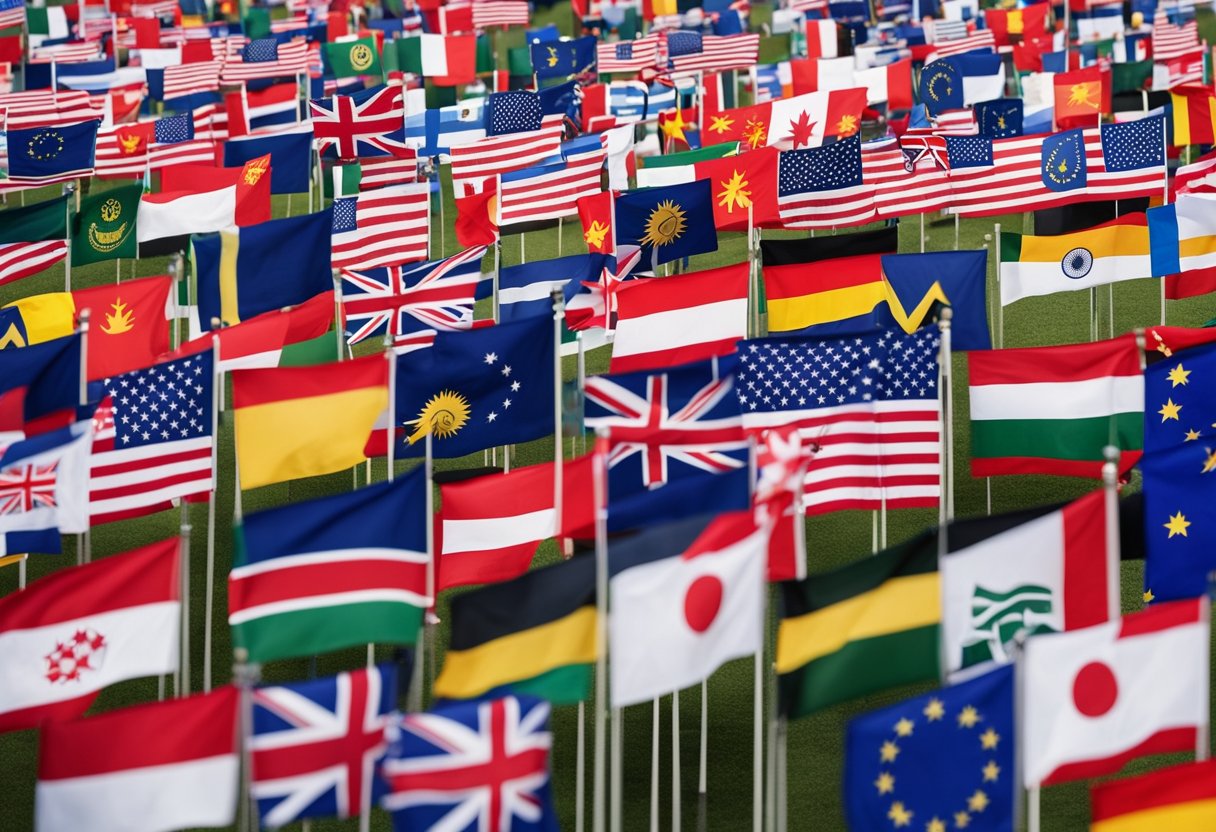
In micronations, citizenship and population are central to their claim to sovereignty, even when these entities often exist without recognition by established states or international bodies.
The Role of Citizenship in Micronations
Citizenship is a foundational element of micronations, dictating who is a part of these unique entities. It often reflects the aspirations of the self-declared sovereign, whether they’re called a prince or hold another form of self-assigned title. For example, in some of these national projects, citizenship may be offered based on shared ideals or simply upon request, with few other preconditions. This contrasts with more established nations, such as Queensland or wider Australia, where citizenship typically involves a legal process and meeting specific criteria.
Community and Identity
In micronations, a population can be as small as a single individual or as large as a small community. These numbers don’t just represent people; they signify the heart of the micronation’s identity. A micronation’s citizens — often a mixture of genuine participants and those engaging more casually with the concept — come together to form a unique community. This community is bonded by the shared experience of belonging to an entity that asserts its independence, no matter how symbolic that may be outside of its group.
Territorial Claims and Physical Locations

We can observe that micronations often emerge based on various territorial claims and physical locations, ranging from severe assertions to more symbolic or conceptual spaces.
Land Acquisition and Disputes
Micronations are self-declared entities with claims to territories that vary in legitimacy and recognition. The Principality of Sealand, for example, is situated on a former World War II defence platform in the North Sea. Despite its actual physical presence, its sovereignty is not recognised by any sovereign state. The Grand Duchy of Flandrensis claims territory in Antarctica based on interpretations of international treaties and environmental advocacy. However, it does not have international recognition or legitimate territorial rights under the Antarctic Treaty System.
In contrast, actual land acquisitions, such as the purchase of Coffee Caye, represent real properties claimed by micronations. These physical sites can lead to disputes with legitimate sovereign states, especially when land is purchased within the recognised borders of these countries. The effectiveness of these claims is significantly influenced by the country’s reaction within which the territory is located.
Virtual and Non-Territorial Micronations
Micronations without a physical location exist, often as virtual communities or ideological groups. These micronations maintain sovereignty claims and establish their presence primarily through online platforms or social networks. While lacking a tangible territory, they develop comprehensive, albeit not legally recognised, structures of governance and identity that exist in the digital realm.
Virtual micronations challenge traditional concepts of territory, as they exist and operate without physical land. They enable participation from individuals across the globe, transcending geographical limits. Still, their efficacy and influence remain subject to the context of international law and recognition, which traditionally relies on the control and governance of physical spaces.
Micronationalism as Political and Social Protest
Micronations are not merely whimsical entities; many are founded on serious critiques of existing political and societal structures.
Protests Against National Governments and Policies
Micronations often arise from a desire to challenge the status quo, acting as a political protest against national governments and their policies. Individuals or groups may feel their voices are unheard or their needs unmet within their country’s governance framework, leading them to create micronations as symbolic gestures of dissent. For instance, the Murrawarri Republic in Australia declared its sovereignty as a protest against the Australian government’s treatment of Indigenous peoples and land rights issues. They declared the Continuance of the State of Murrawarri Nation, an assertion of their indigenous rights.
Secessionist Movements
Some micronations originate from secessionist movements, wherein a region or community secedes to express distinct cultural or ethnic identities or to seek political or economic autonomy. These movements can be seen as extreme forms of social protest, where secession is the only viable means to achieve desired changes or protect a community’s interests. While secessionist micronations often declare independence, they do not typically receive recognition from established states and exist in legal ambiguity.
Impact of Micronations on Mainstream Culture
Though small and often overlooked, Micronations have made unexpected contributions to mainstream culture, particularly in art, literature, and tourism. These entities engage with broader audiences, influencing cultural expressions and experiences.
Influence on Art, Literature, and Tourism
Art: Micronations serve as a source of inspiration for artists and creators. For example, the Principality of Hutt River in Australia has generated a variety of artistic endeavours. The persistence and imagery of such micro realms have found their way into exhibitions, showcasing how a micronation’s unique identity and symbols challenge our usual perceptions of sovereignty and nationhood.
Literature: Literary works have drawn upon micronations to explore themes of independence, utopia, and self-definition. In Scotland, the idea of self-declared entities influences local literature, with stories leveraging Scotland’s rich history and identity.
Tourism: Micronations also have an impact on tourism. Mosman, a suburb in Sydney, has seen increased interest due to the microstate of the Principality of Wy based there. Such microstates’ artistic appeal and quirkiness encourage visitors to explore beyond conventional attractions.
The Conch Republic, in Key West, Florida, illustrates how micronations can engage with tourists by providing a unique cultural experience. The Republic’s declaration of independence and subsequent activities have become a tourist attraction, drawing visitors eager to experience its irreverent spirit and participate in its tongue-in-cheek challenges to mainstream government authority.
Challenges and the Future of Micronations
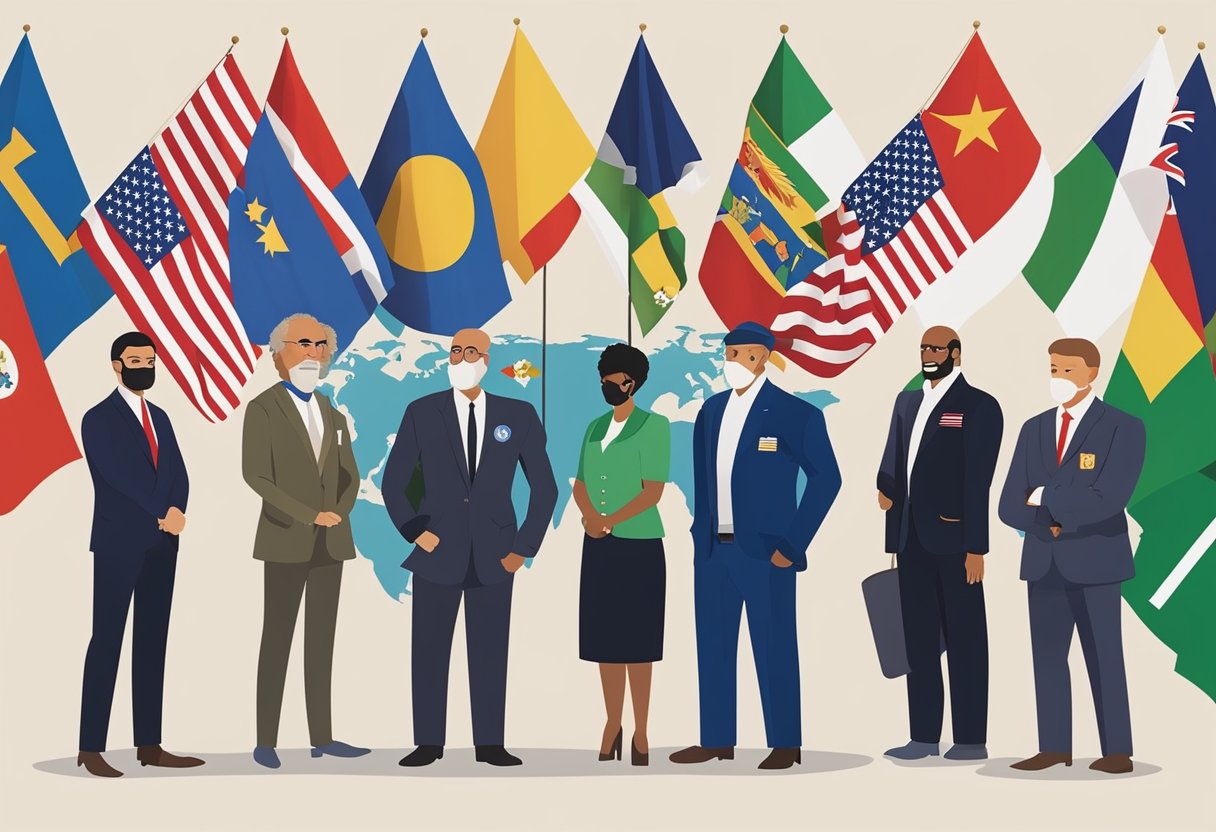
As we turn our focus to micronations, it’s vital to understand both their persistent challenges and potential future. These self-declared sovereign entities face hurdles in achieving sustainability and are often fraught with questions regarding their legitimacy.
Sustainability and Legitimacy Challenges
Sustainability is a multifaceted issue for micronations. Unlike established sovereign states, micronations typically lack the natural resources, population, and economic structures contributing to a state’s viability. The future of these entities often depends on their ability to adapt and potentially transition from novelty experiments into communities with a genuine capacity for self-persistence. This requires not only a steady source of income but also essential services that meet the needs of their inhabitants.
The question of legitimacy presents a significant obstacle. While micronations proclaim their sovereignty, they are not recognised as such by recognised sovereign states or international organisations. Their assertions of statehood are often symbolic, and without external recognition, they face an uphill battle in being taken seriously on the global stage. Our country and the broader international community typically view micronations through a lens of curiosity rather than legitimacy.
To progress, micronations must navigate complex legal territory and diplomatic relations. They must convincingly perform acts of sovereignty, like issuing passports, minting currency, and enacting laws, yet these actions often lack a foundation in both domestic and international law. Micronations, therefore, must innovatively address these legality issues to forge a path toward formal acknowledgement, although the feasibility of such recognition remains unclear.
The persistence of these entities and their ambitious drive towards statehood shine a light on how communities assert their identities and principles. While the future of micronations is uncertain, their existence continues to challenge conventional notions of nationhood and sovereignty.
Frequently Asked Questions
In this section, we’ll answer some of the most commonly posed questions regarding micronations, focusing on their recognition, legal standing, and prevalence.
Which micronations have received recognition by the United Nations?
The United Nations has officially recognised no micronations. The UN generally only admits sovereign states that are recognised on an international level, leaving micronations outside of their recognition.
What is the current estimated number of micronations globally?
Estimates suggest that there are hundreds of micronations around the world. The exact number constantly fluctuates as new micronations are proclaimed and others fade away.
On what legal basis do micronations assert their sovereignty?
Micronations typically claim sovereignty based on historical precedents, cultural or ideological uniqueness, or perceived legal loopholes. However, these assertions do not usually have a legal basis recognised by international law or established nations.
Is there an official registry or map of active micronations?
There is no official registry or universally recognised map of active micronations. Many micronations are documented through informal networks or online listings by those interested in the micronational movement.
How does the legal framework within the United States address the formation of micronations?
The legal system in the United States does not formally recognise the creation of micronations. While individuals may declare sovereignty, such declarations have no legal standing under U.S. law or international law.
What precedents exist for the legitimacy and recognition of micronation entities?
Historical precedents for recognising micronations are scarce and typically do not extend to contemporary entities. While there have been rare cases of entities gaining recognition, such as the Sovereign Military Order of Malta, these are exceptional and do not reflect a general practice towards micronations.






